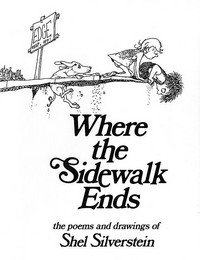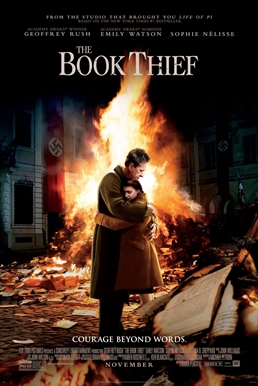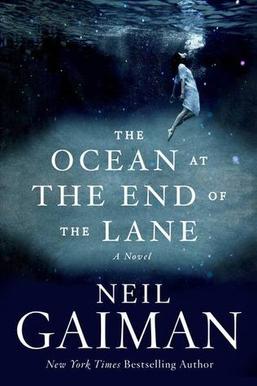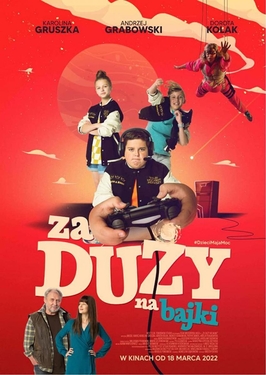
Bibliomania can be a symptom of obsessive–compulsive disorder which involves the collecting or even hoarding of books to the point where social relations or health are damaged.

The Dover Boys at Pimento University; or, The Rivals of Roquefort Hall is a 1942 Warner Bros. Merrie Melodies cartoon directed by Chuck Jones. The short was released on September 19, 1942. The cartoon is a parody of the Rover Boys, a popular juvenile fiction book series of the early 20th century.

True History of the Kelly Gang is a novel by Australian writer Peter Carey, based loosely on the history of the Kelly Gang. It was first published in Brisbane by the University of Queensland Press in 2000. It won the 2001 Booker Prize and the Commonwealth Writers Prize in the same year. Despite its title, the book is fiction and a variation on the Ned Kelly story.

Absolute Beginners is a novel by Colin MacInnes, written and set in 1958 London, England. It was published in 1959. The novel is the second of MacInnes' London Trilogy, coming after City of Spades (1958) and before Mr. Love and Justice (1960). These novels are each self-contained, with no shared characters.

William Kenneth Carpenter was an American discus thrower. He won the NCAA and AAU titles in 1935 and 1936, becoming the first two-time NCAA champion in a weight throw event from the University of Southern California (USC). In 1936 Carpenter won an Olympic gold medal, and between 1936 and 1940 held the American record in the discus.

Dirty Beasts is a 1983 collection of Roald Dahl poems about unsuspecting animals. Intended to be a follow-up to Revolting Rhymes, the original Jonathan Cape edition was illustrated by Rosemary Fawcett. In 1984, a revised edition was published with illustrations by Quentin Blake.

Where the Sidewalk Ends is a 1974 children's poetry collection written and illustrated by Shel Silverstein. It was published by Harper and Row Publishers. The book's poems address common childhood concerns and also present fanciful stories and imaginative images. Silverstein's work is valued by people of all ages, primarily due to his skill in subtly communicating social implications through his simple language. Controversial because of profanity and theme of rebellion, the book was first banned in 1986 in many libraries and schools.

Markus Zusak is an Australian writer. He is best known for The Book Thief and The Messenger, two novels that became international bestsellers. He won the Margaret A. Edwards Award in 2014.

The Book Thief is a historical fiction novel by the Australian author Markus Zusak, set in Nazi Germany during World War II. Published in 2006, The Book Thief became an international bestseller and was translated into 63 languages and sold 17 million copies. It was adapted into the 2013 feature film, The Book Thief.

The Messenger, released in the United States as I Am the Messenger, is a 2002 novel by Markus Zusak, and winner of the 2003 Children's Book Council of Australia Book of the Year Award. The story is written from the perspective of the protagonist, taxi driver Ed Kennedy, whose journey begins after he stops a robbery and receives a playing card in the mail.

Djinn is a novel by French writer Alain Robbe-Grillet. It was written as a French textbook with California State University, Dominguez Hills professor Yvone Lenard using a process of grammatical progression. Each chapter covers a specific element of French grammar which becomes increasingly difficult over the course of the novel. The first five chapters are written in the present tense from the first person point of view. The sixth chapter is written partially in the third person past and partially in the first person present. The eighth chapter is written in the first person point of view, but the narrator has changed from the masculine Simon Lecoeur to an unknown female narrator.

The Underdog (1999) is the first novel by Australian young adult fiction writer Markus Zusak. Along with Fighting Ruben Wolfe and When Dogs Cry, The Underdog was published in the United States in 2011 as part of the anthology Underdogs.

When Dogs Cry is the third young adult fiction novel written by Australian writer Markus Zusak in the Wolfe family books. It is a stand-alone companion novel (sequel) to his young adult fiction novels Fighting Ruben Wolfe and The Underdog. It was first published in 2001 by Pan Macmillan Australia Pty limited. It was published in United States by Arthur A. Levine Books, an imprint of Scholastic Press, April 2003 under the title Getting the Girl. Both titles come from the titles of poems in the book.

The Book Thief is a 2013 war drama film directed by Brian Percival and starring Geoffrey Rush, Emily Watson, and Sophie Nélisse. The film is based on the 2005 novel of the same name by Markus Zusak and adapted by Michael Petroni. The film is about a young girl living with her adoptive German family during the Nazi era. Taught to read by her kind-hearted foster father, the girl begins "borrowing" books and sharing them with the Jewish refugee being sheltered by her foster parents in their home. The film features a musical score by Oscar-winning composer John Williams.

The Ocean at the End of the Lane is a 2013 novel by British author Neil Gaiman. The work was first published on 18 June 2013 through William Morrow and Company and follows an unnamed man who returns to his hometown for a funeral and remembers events that began forty years earlier. The illustrated edition of the work was published on 5 November 2019, featuring the artwork of Australian fine artist Elise Hurst.
Nico Liersch is a German actor. He is best known for his role as Rudy Steiner in the 2013 film The Book Thief. He is also known for his work in the German television series Das ist Gut where he played Phillip Greenyard, a caveman without parents.
This article presents a list of the historical events and publications of Australian literature during 2001.
The Sydney Morning Herald Best Young Australian Novelists award was created in 1997 by the newspaper's literary editor, Susan Wyndham and is made annually. The awards recognise emerging writing talent, and are made to writers who are aged 35 years or younger when their book is first published.
The Messenger is an Australian television series, based on the eponymous novel written by Markus Zusak, broadcast on ABC. The eight-part series - which follows the titular character, Ed Kennedy, as he begins to be left playing cards with addresses on them at his home, and the repercussions his decision to follow these directions has on his group of friends - was released on May 14, 2023.

Too Old for Fairy Tales is a 2022 Polish coming of age comedy film directed by Kristoffer Rus, based on the novel Za duży na bajki by Agnieszka Dąbrowska. The film follows Waldek a young esports player who is forced to rethink his priorities when his mother's eccentric aunt arrives.
















